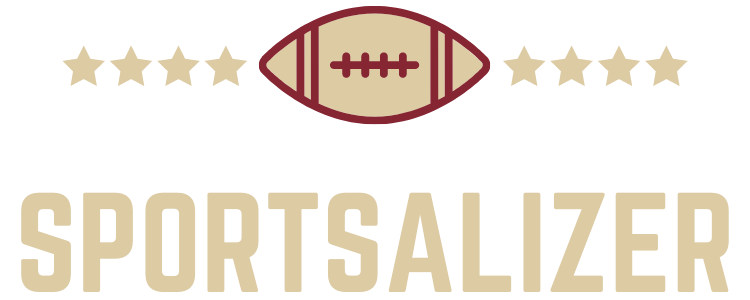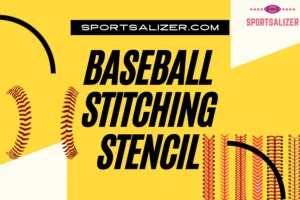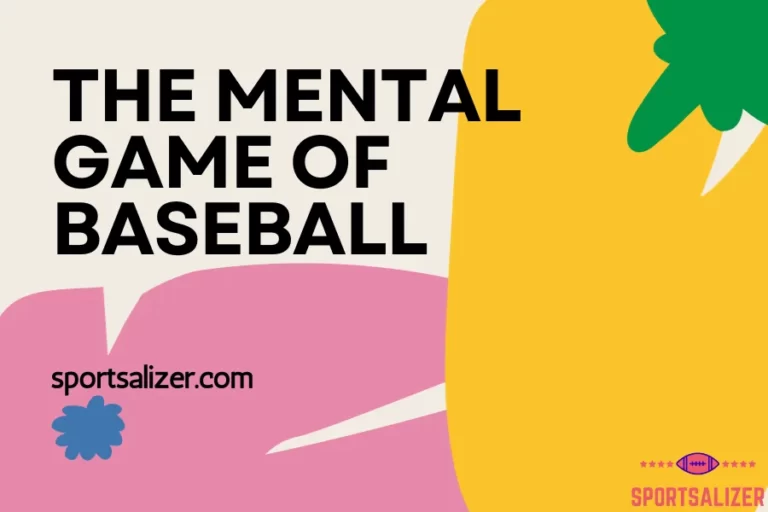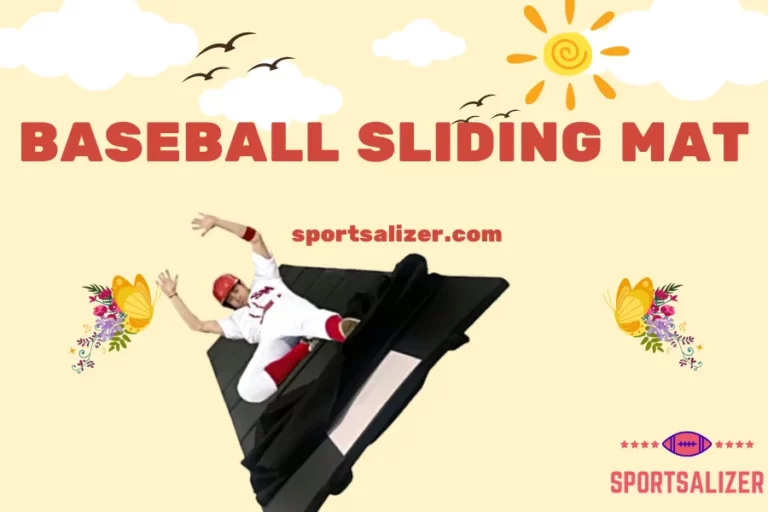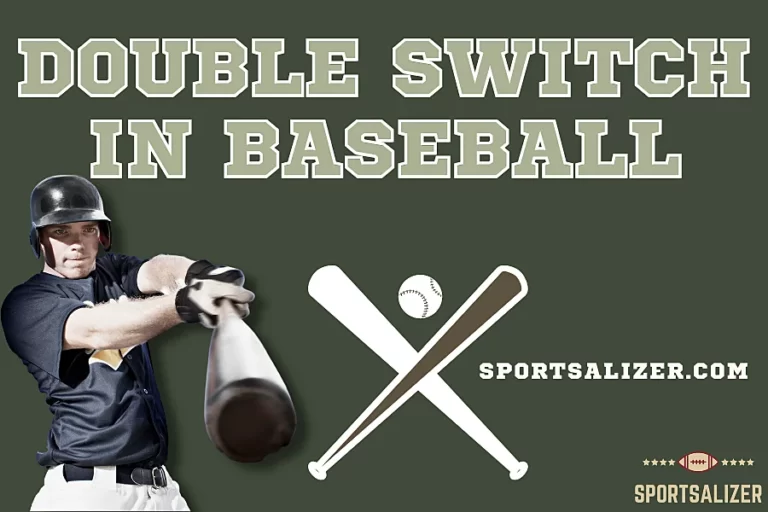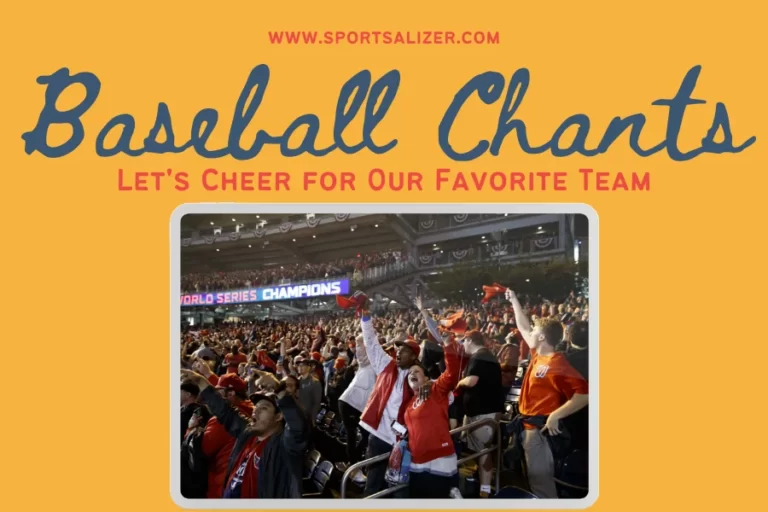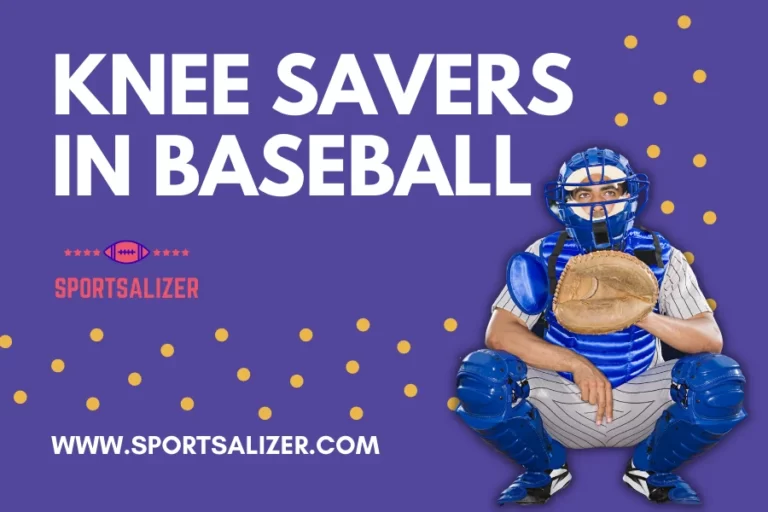Baseball Players Hand Gestures(10 Gestures You Must Know For Better Understanding Of The Game)
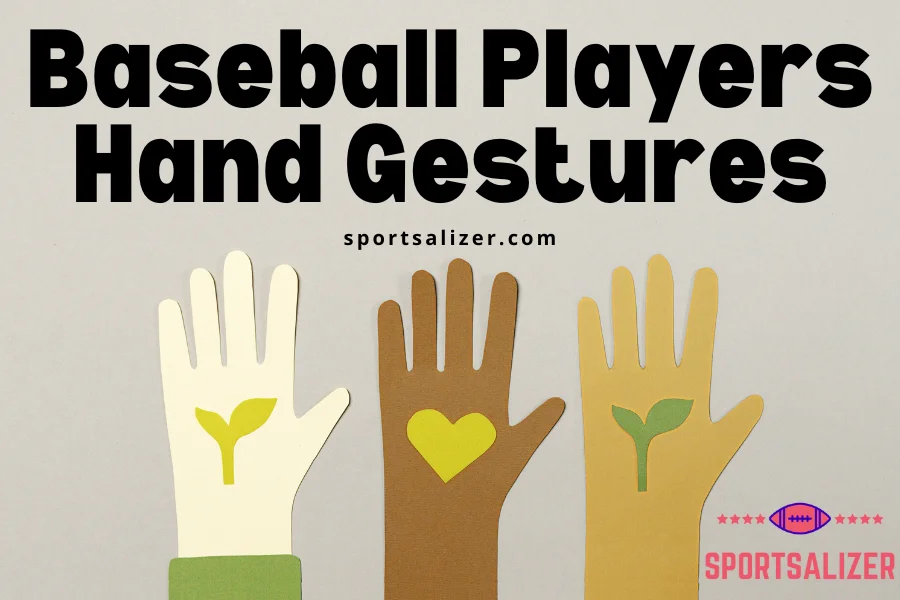
Like any other sport, baseball players hand gestures are a common way of communicating with fellow players and umpires.
Umpires use hand gestures to communicate what is happening in the game to the players, fans in the stands, and watching TV.
Anyone watching the game must know the baseball hand gestures to understand what the umpires are signaling and what the players are talking about.
Contents
10 Common Baseball Players’ Hand Gestures Used
Here we will discuss the 10 most common baseball hand gestures used.

Strike or Out
A strike is when a batter swings at the ball but misses, when the batter does not swing at the pitched ball in the strike zone or when he hits a foul ball.
To show a strike or an out, umpires show a clenched right hand first or just point their right hand outwards.
Timeout, Foul Ball
A foul ball is when a batter hits the ball outside the first and third base foul lines.
A timeout in baseball refers to the umpire calling a dead ball, due to which the play is halted for both teams.
To show a foul ball or a timeout, the umpire raises both hands front-facing up in the air. To call a foul ball, an umpire can loudly and sharply announce so that everyone can hear.
Note: Once a foul ball is called, you cannot reverse it.
Foul Tip
A foul tip is a ball that, when hit by the batter, goes sharp and directly in the catcher’s hand and is legally caught.
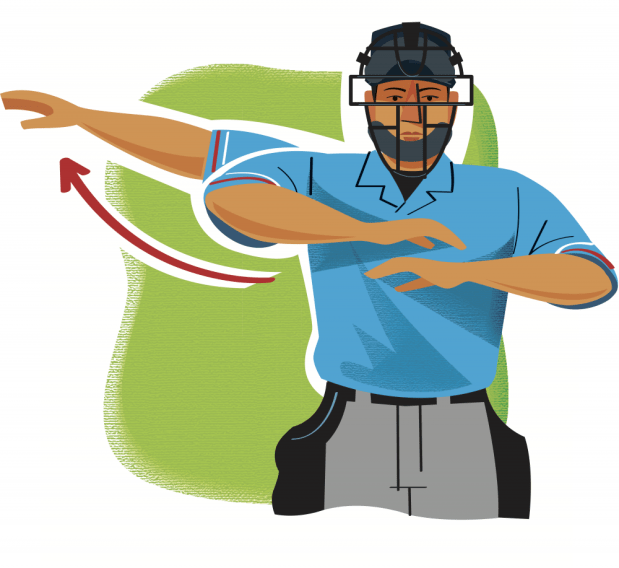
To show a foul tip, extend your left arm and brush the back of your left hand with the right hand, then extend your right arm outwards.
Do Not Pitch
The Do Not Pitch is used to signal to the pitcher to wait before throwing his next pitch.
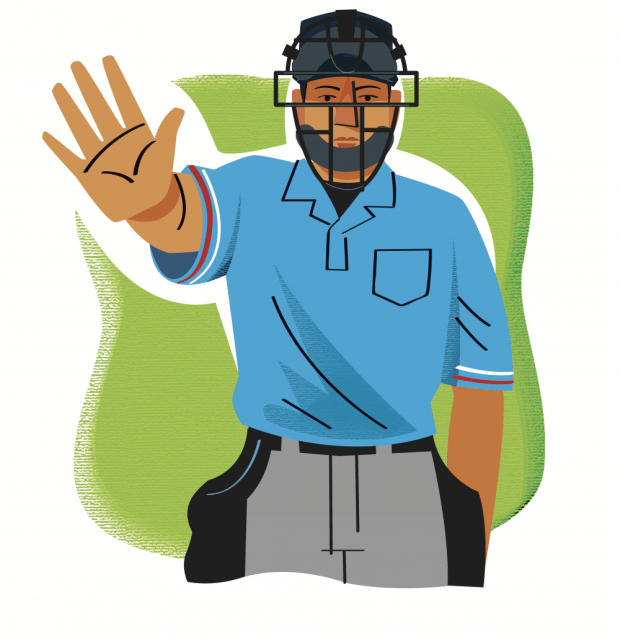
To show a do not pitch sign, the umpire shows his front-facing right hand.
Safe
A baserunner is called safe when he reaches the base safely without getting out.
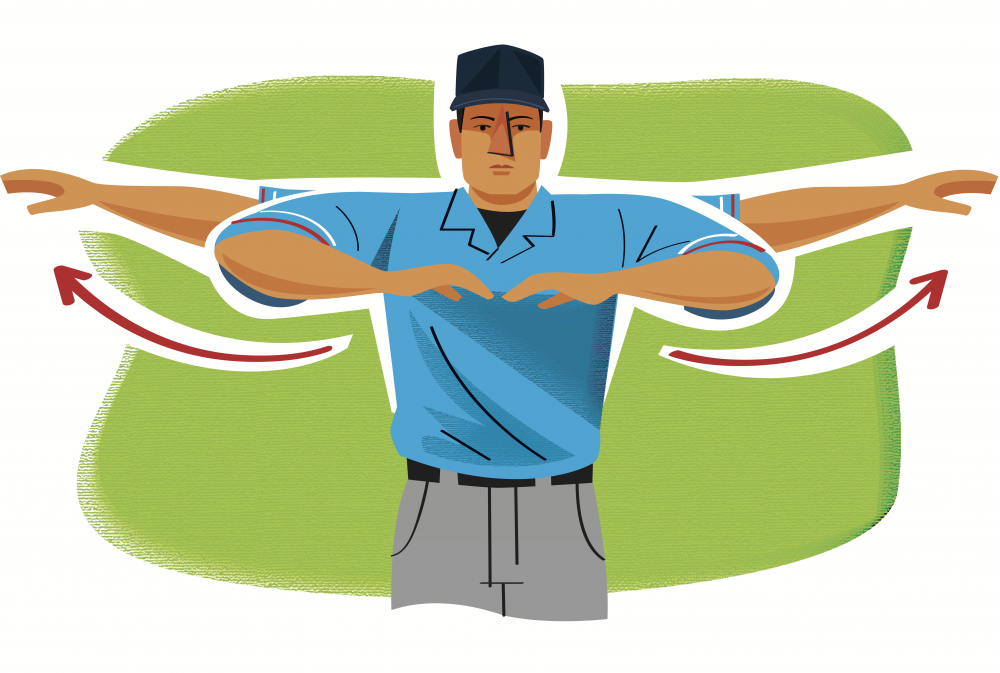
To show safe, extend both arms together in front, then quickly extend them outwards, roughly parallel to the ground, palms facing downward.
Play Ball
Play ball is a commonly used phrase by the umpire to start the game.
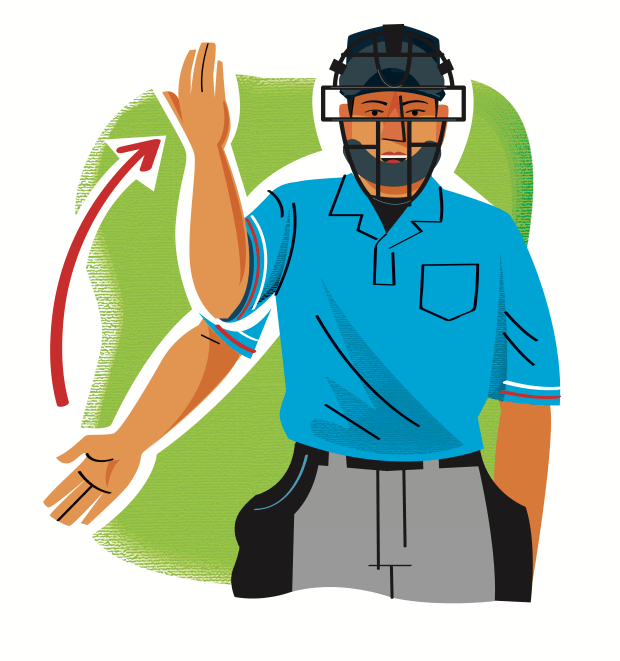
To show a play ball, the umpire signals toward the pitcher with a right hand in a stabbing motion.
Fair Ball
A fair ball is when a hit ball lands on the ground or touches a fielder between the foul lines along the first and third base lines.
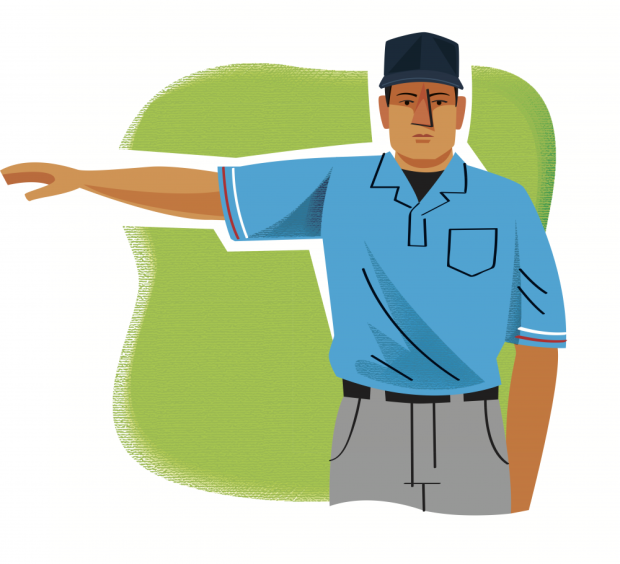
Extend your right arm towards the fair territory to show a fair ball, palm facing down.
Infield Fly
An infield fly is any fair fly ball that can be caught by an infielder, with ordinary effort, when first and second or all the 3 bases are occupied before two men are out.
To show an infield fly, point upwards with your right hand and call “infield fly, batter’s out.”
Count
Count in baseball refers to the number of balls and strikes that have been pitched to the current hitter.
To show count, raise both arms up, indicate the number of strikes with the right hand, and indicate the number of balls with the left hand. Give the count verbally also.
Don’t abbreviate the count, for example, calling twenty-two for two and two.
Time Play
A time play in baseball is when a third out is made on bases, and simultaneously another runner crosses the home plate.
To show a time play, tap the wrist on the left hand with two fingers on the right hand.
Coaching Signals
Apart from the hand gestures used by the umpires to indicate what is happening on the field, the coaches also use signals to signal the players how to approach the next pitcher.
The key to using coach signals is to make them simple and easy enough for your team members to understand but unique enough so that the opposite team cannot crack them.
Some of the common signals and their usual meanings that third-base coaches use are:
- Rubbing the belly – Bunt
- Touching the ear – Steal
- Touching the nose – Hit and Run
Catcher-Pitcher Signals
Besides the third base coach signals, another essential part of a good baseball game is good communication between the catcher and the pitcher. To establish this, they use signals among themselves.
For a catcher, it is essential to communicate with the pitcher before every throw so that he can be prepared for the kind of pitch the pitcher is about to throw.
The commonly used catcher-pitcher signs are:
- One Finger – Fastball
- Two Fingers – Curveball
- Three Fingers – Slider
- Four Fingers – Changeup
FAQs
What does it mean when baseball players wiggle their hands?
This has been an ongoing joke, stating, “Barrels are overrated” after getting a soft hit. These baseball players’ hand gestures have become quite prevalent, and now they are used even after scorchers.
How do baseball players communicate with each other?
Players on the field communicate with each other through hand gestures or signals and with verbal signs.
Verbal communication between the games is not much preferred due to a lot of noise being on the ground, and there are higher chances of miscommunication.
What does pointing at your wrist mean in baseball?
Tapping on the left wrist with your two right-hand fingers in baseball signifies the time to play.
Time play is when a third out and another runner cross the home plate simultaneously.
Do umpires say play ball?
Yes, the umpire officially calls out play ball to indicate the start of the game.
They also use hand signals to indicate this by signaling toward the pitcher with their right hand in a stabbing motion.
